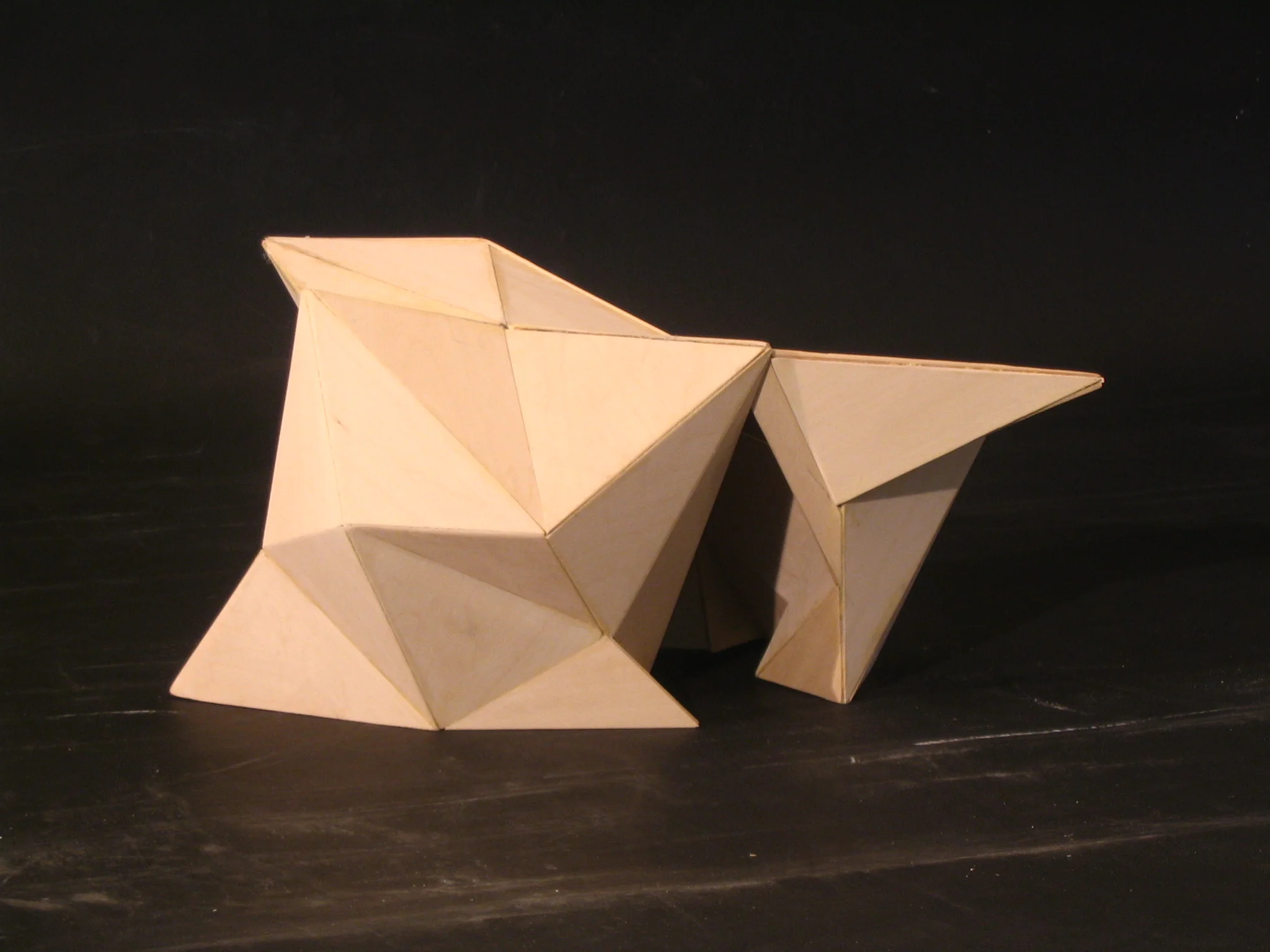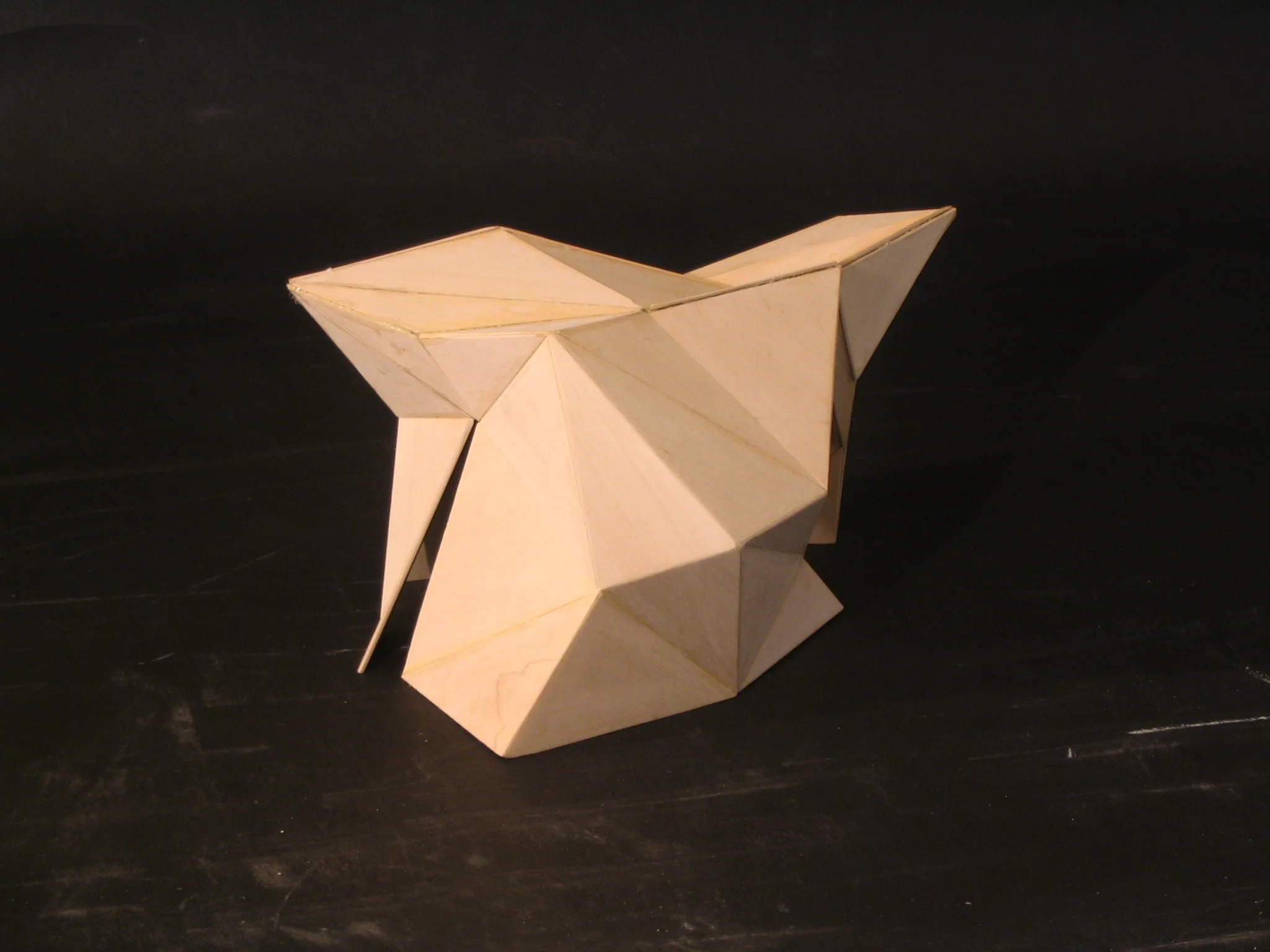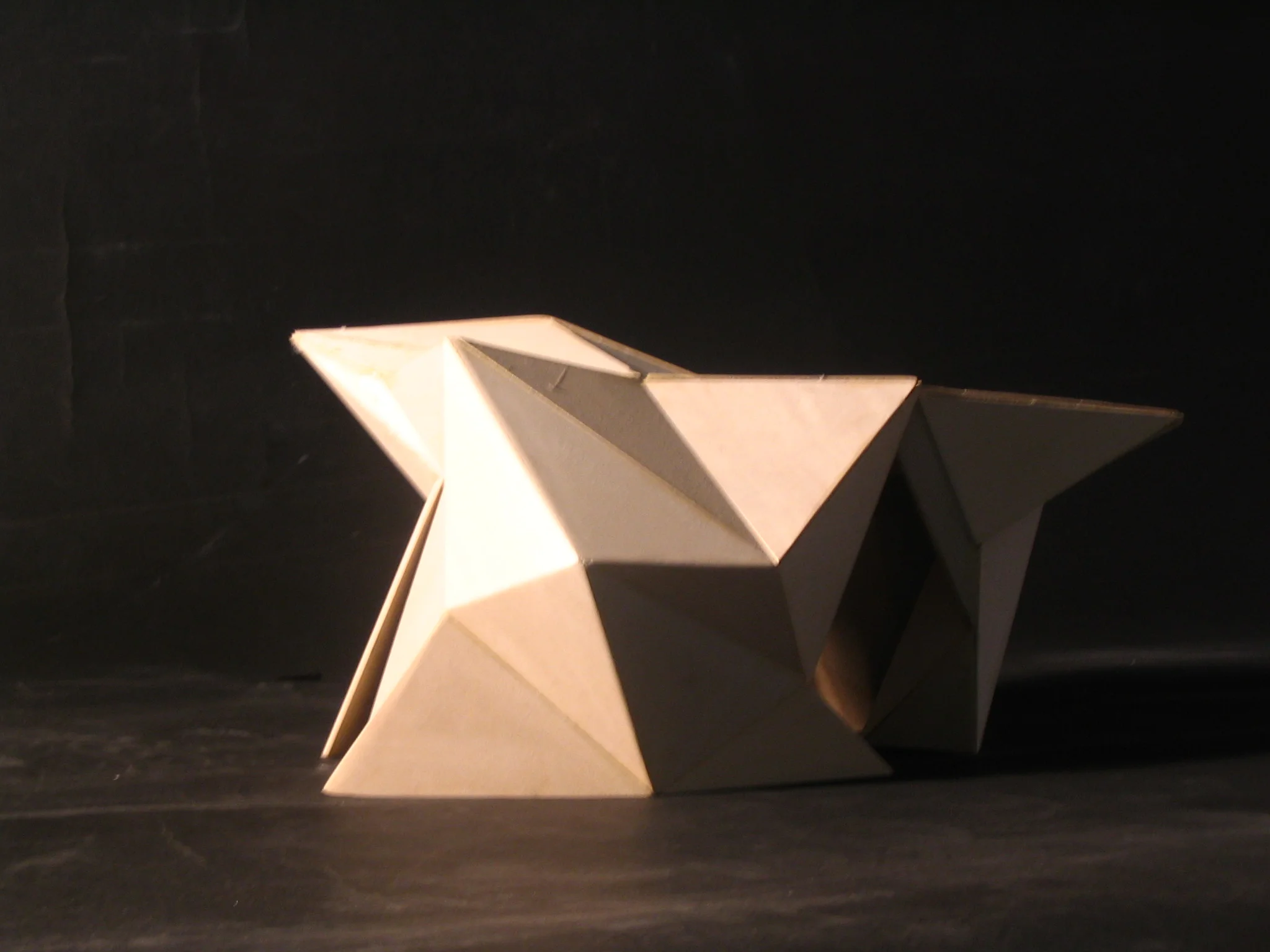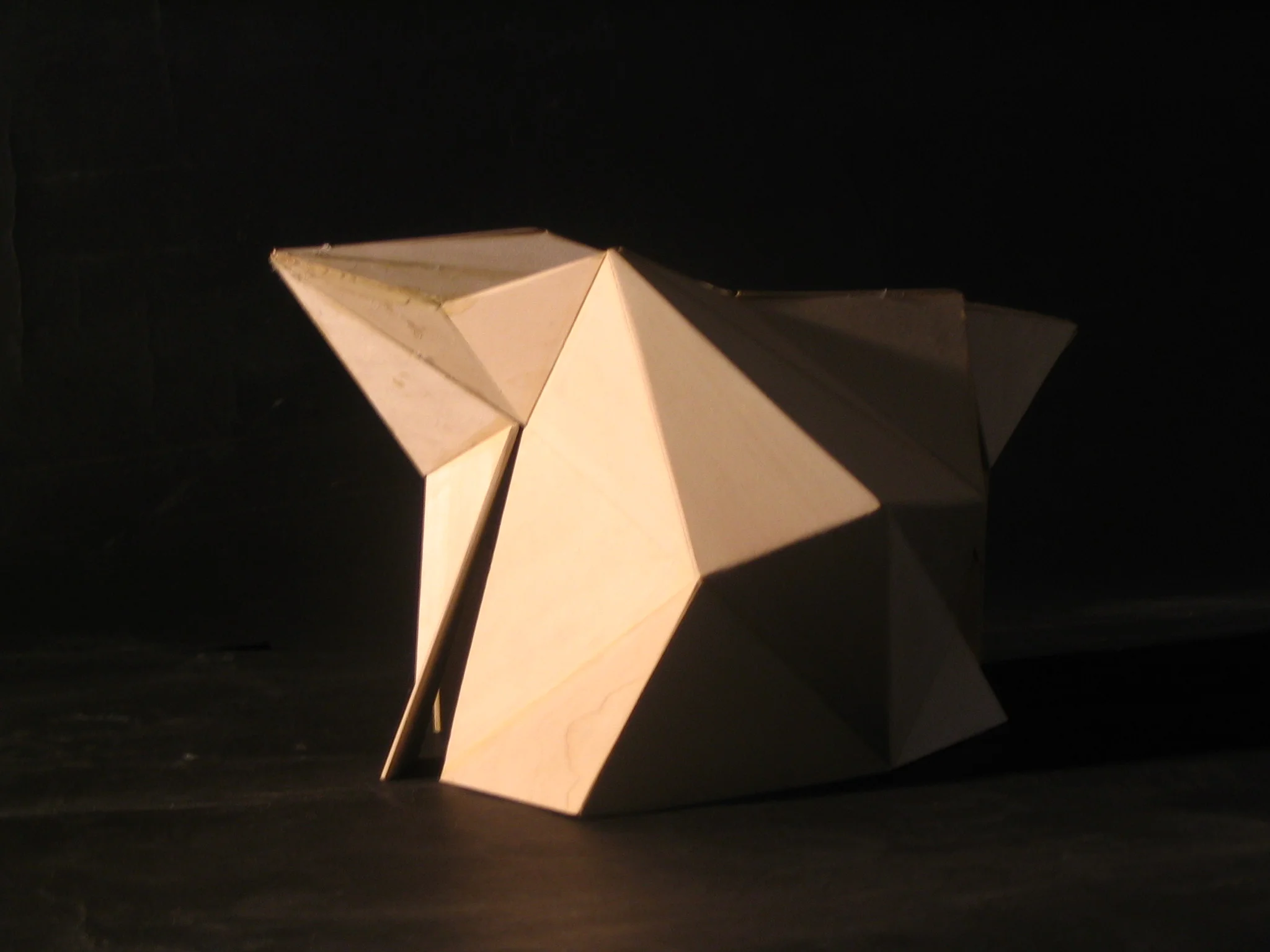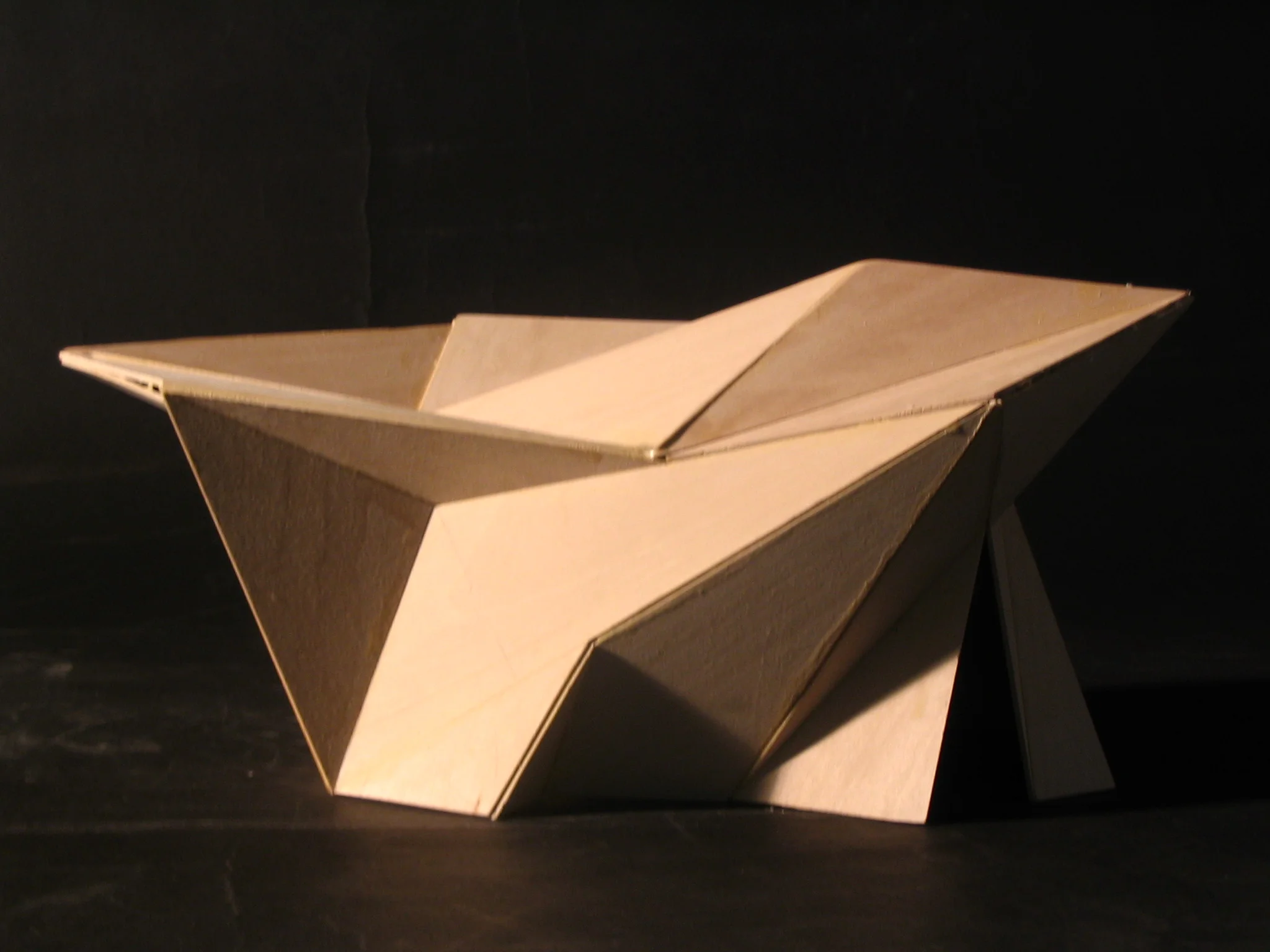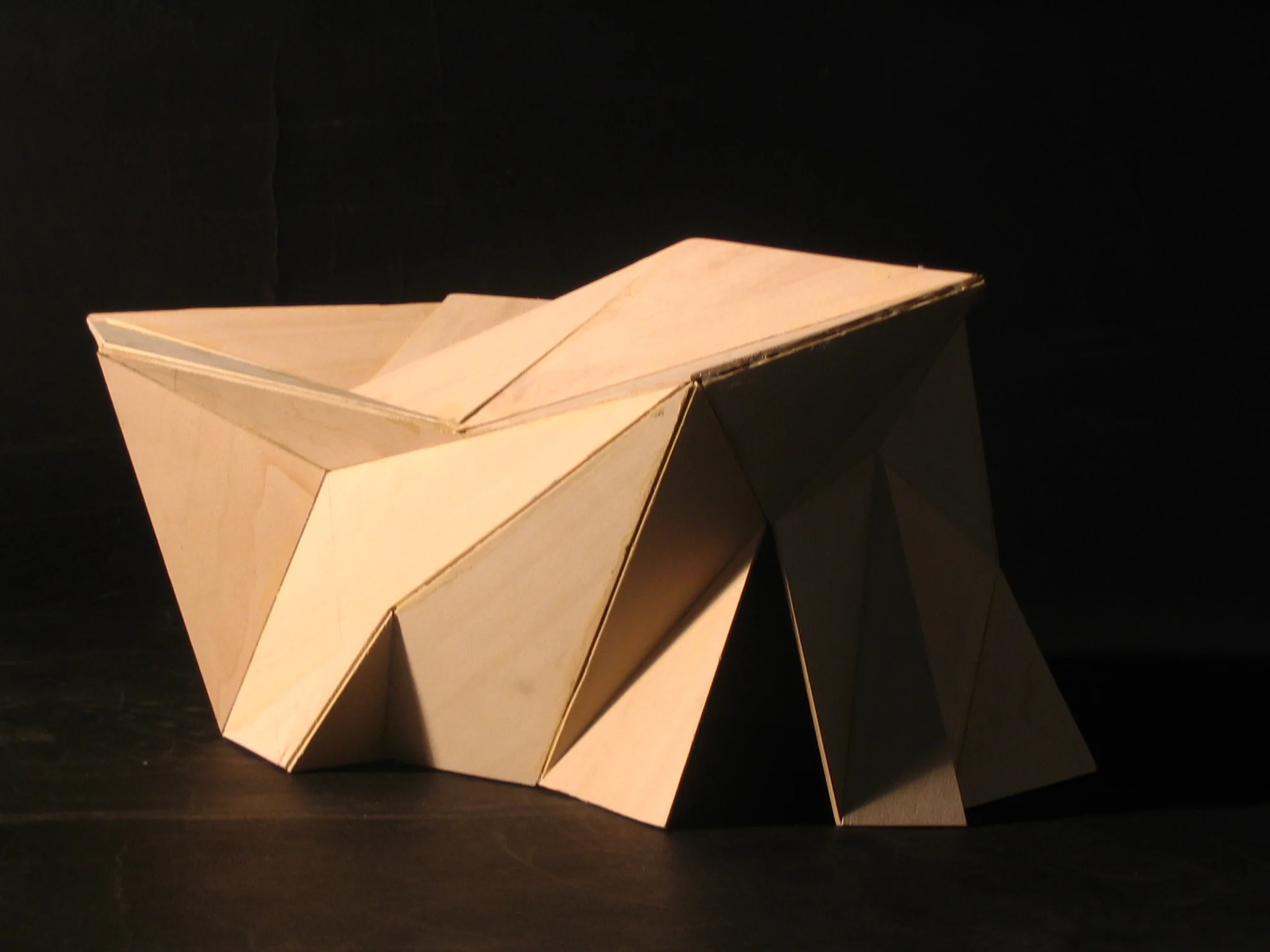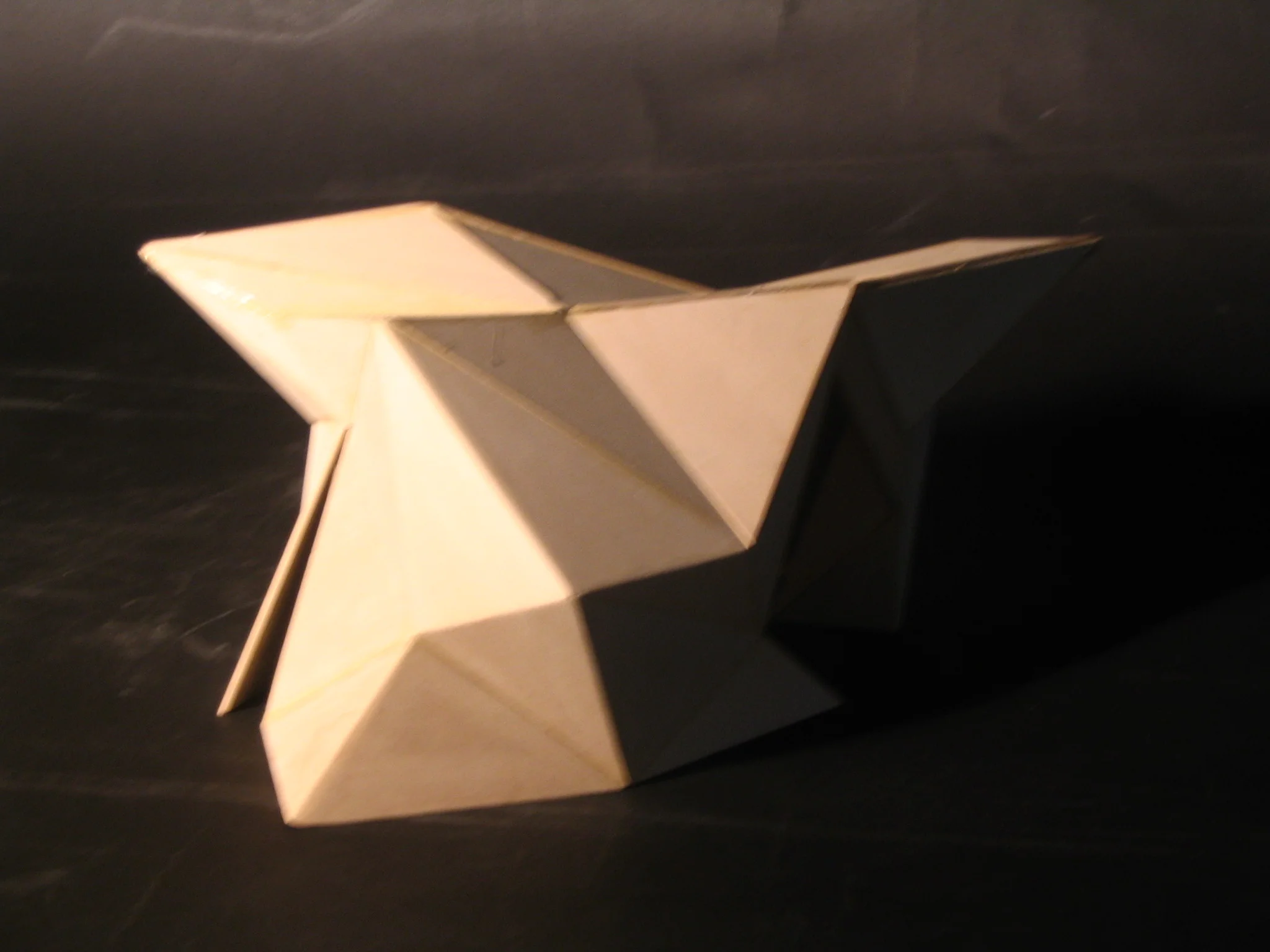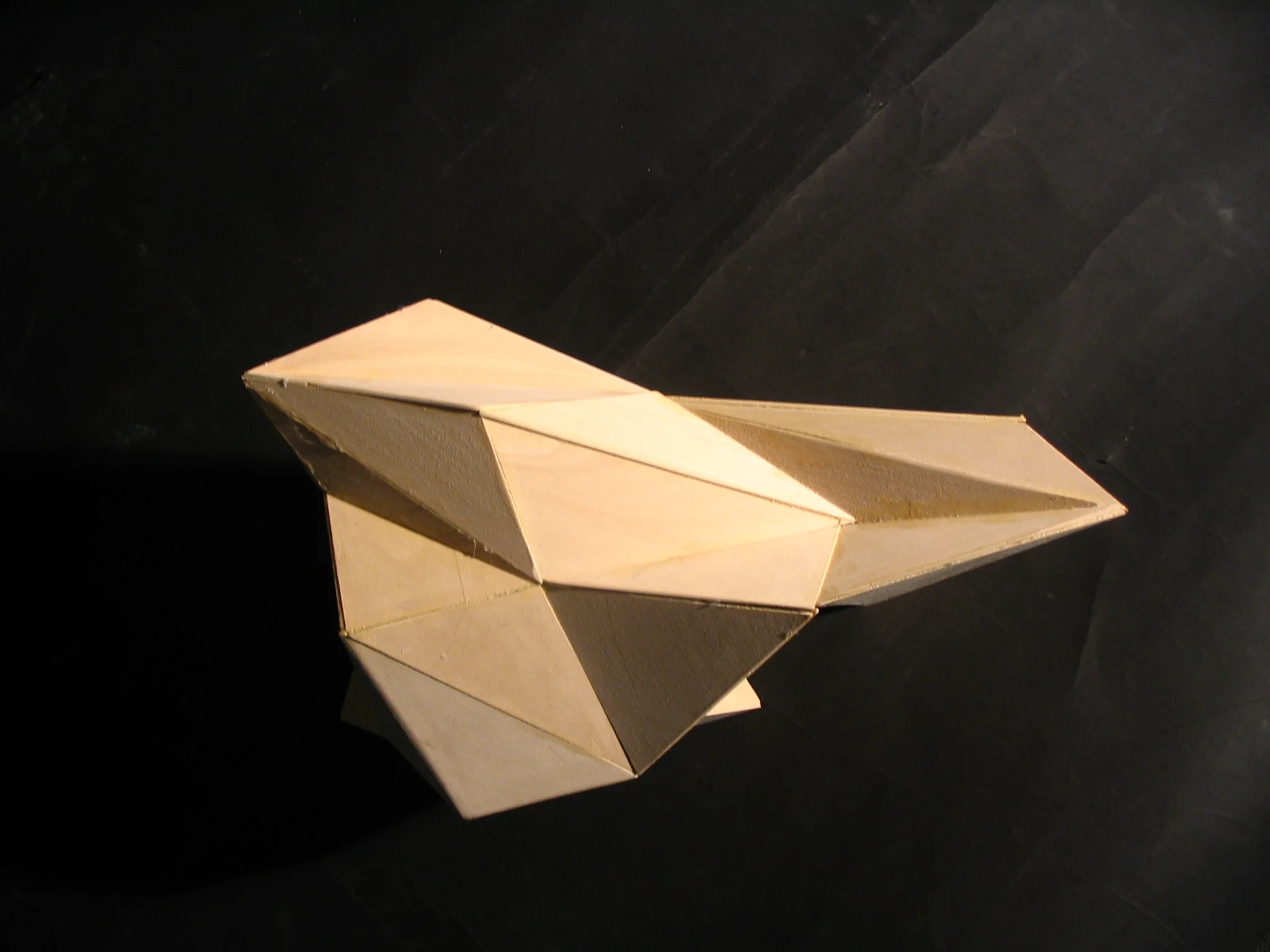PEEP.SHOW PAVILION
The project uses Calgary’s bi-annual art pavilion design competition as a programmatic problem while shifting the site to Times Square, New York. The challenge is to create a temporary pavilion for art exhibition that can be multiplied and scattered throughout Manhattan. The pavilion creates a diallogue between the art and the viewer, and encourages discourse into the fine arts and the urban relationship that evolve around them.
The design process began with a preliminary analysis of Jan Van Eyck’s “Arnolfini Wedding” and diagramming the spacial relationship that the painting establishes between the objects in the painting, the artist, and the viewer. The analysis takes advantage of the scientific finding about human perception of the objects.According to this study, when looking at an object, the human eye focuses on certain points on the object, and subsequently the brain uses those information to create the whole image of the object. A similar method is applied on the painting here to understand the unique spatial relationshop within the paiting that extends out to the viewer.
Using that study as generative language, the project consists of three main spaces: an enclosed space with thick walls and very little light inside where there is a cut oppening at the end of the room looking at a second space. In the second structure, which is a semi-enloced space with the enclosure on the side of the previsous space and the openning on the other side. The is again a cut openning looking back at the first space, and another looking towards the thrid space.
By the time the viewer reaches the last space in search of the art, the pavilion is dissolved into the ground, completely open with only a physical frame of the original slit remained. The ‘art’ exhibited is the pavilion itself, as well as the urban space and the very city it has desolved in.







